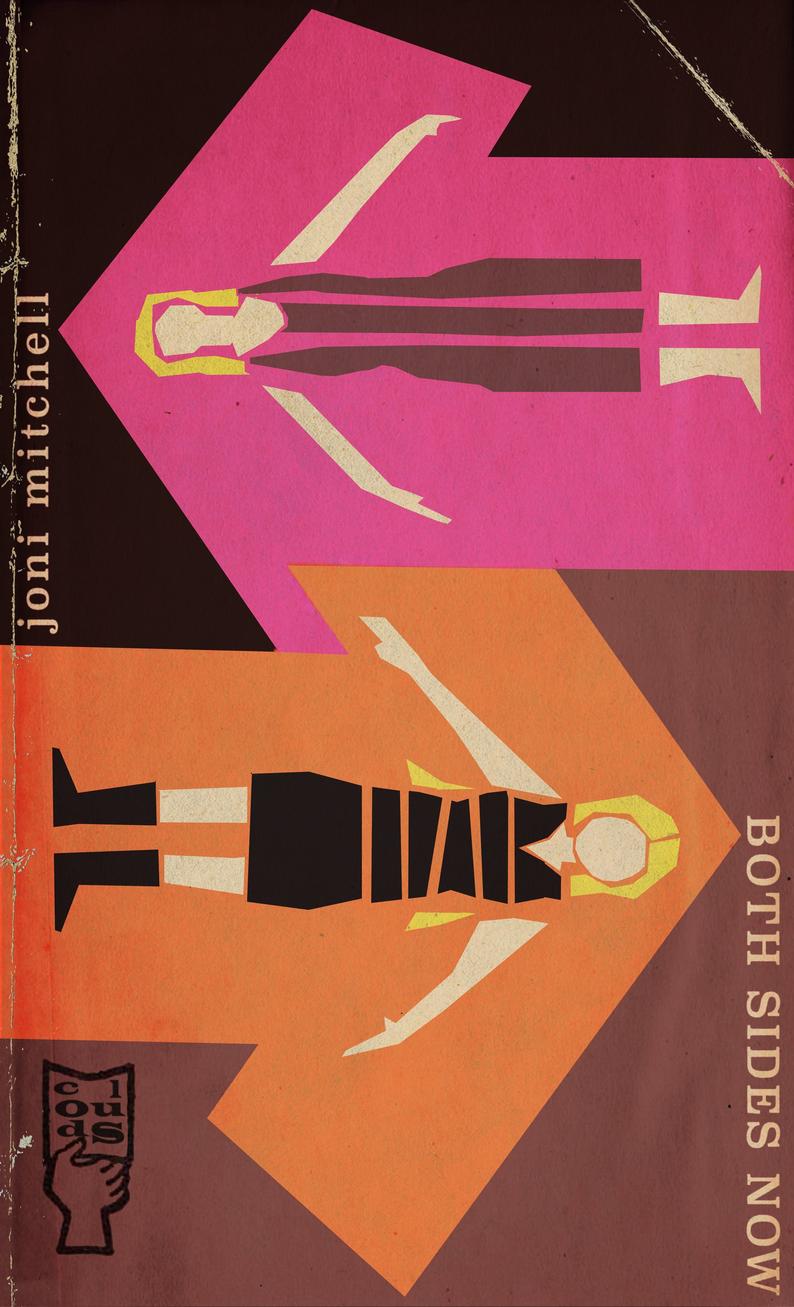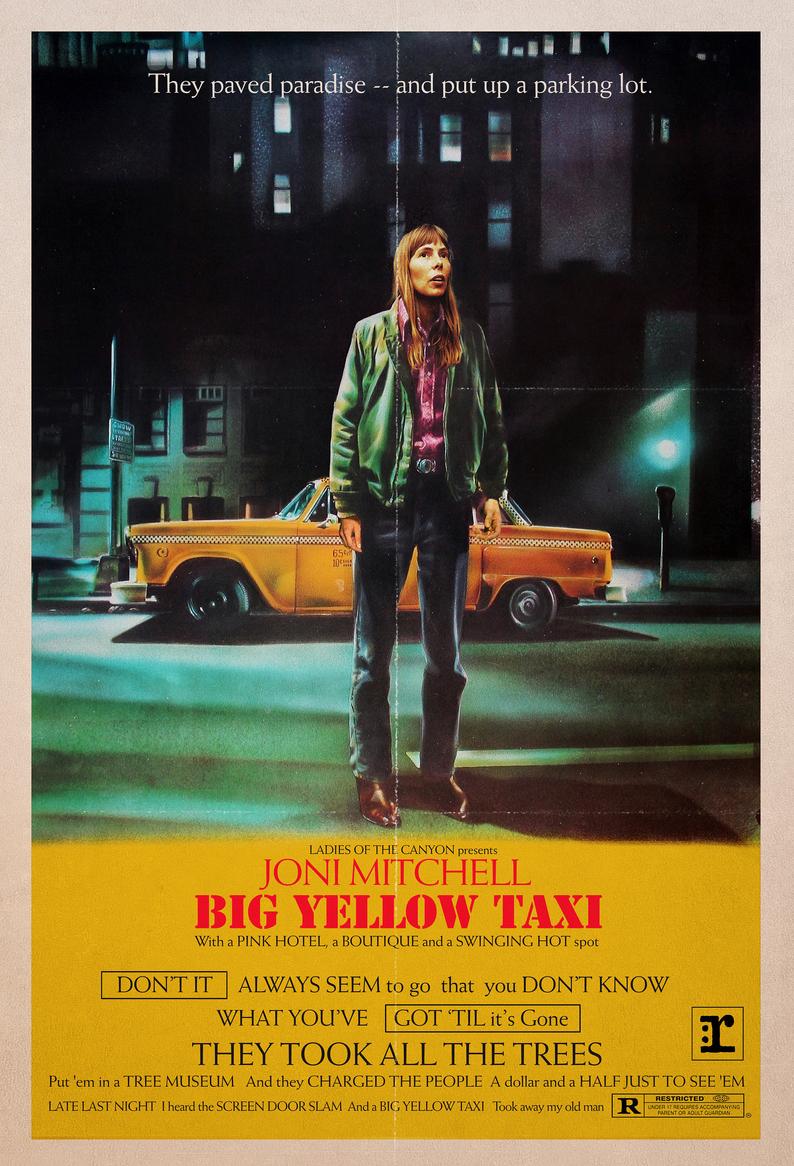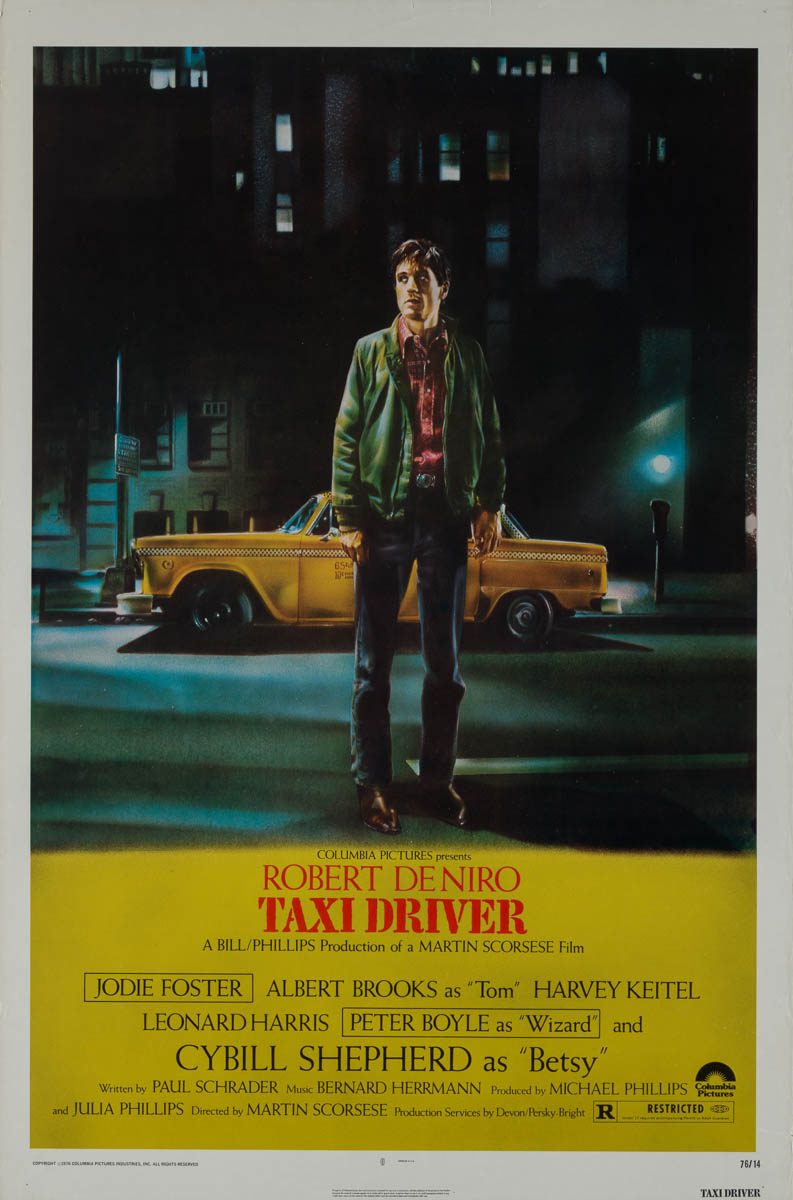Something happened to popular culture in the late 1960s, and we who seek to understand exactly what owe a debt of gratitude to the documentary filmmaker D.A. Pennebaker, who died last week. That goes for those us who never experienced those heady times ourselves; those of us who did (and may have found the times a bit too heady to recall with any clarity); and even those of us not quite young enough to fathom what was going on at the time, such as those already in middle age by the Summer of Love. Pennebaker was himself a member of that generation, but the films that came out of his coverage of the Monterey Pop Festival — whose performers included Janis Joplin, Ravi Shankar, Jefferson Airplane, The Who, and Jimi Hendrix — reveal that he could see something big was happening.
Pennebaker’s filmmaking also brought him into contact with the likes of John Lennon, David Bowie, Otis Redding, and Bob Dylan, the latter being the star of Pennebaker’s first music film Dont Look Back [sic]. Released in 1967 but shot in 1965, it observes the singer’s tour of England that year as well as the events surrounding it, offering what Roger Ebert called, when the film first came out, “a fascinating exercise in self-revelation carried out by Bob Dylan and friends,” a group that includes such generational icons as Joan Baez and Donovan.
Alas, “the portrait that emerges is not a pretty one,” rendered as it is by the cinéma vérité style Pennebaker had been developing for more than a decade. That was made possible in part by the advent of synchronous-sound cameras that could capture real speech on location — “what people said to each other,” in Pennebaker’s words, as opposed to “what you thought up on a yellow pad.”
All this exposed Dylan, in Ebert’s eyes, as “immature, petty, vindictive, lacking a sense of humor, overly impressed with his own importance and not very bright.” In both his original review of Dont Look Back and his revisitation in 1998, when the film was selected for preservation in the U.S. Library of Congress’ National Film Registry, he highlights the scene of Dylan’s interview with Time London correspondent Horace Freeland Judson. Then, as now, a performer who prefers to be publicized on his own terms, Dylan pushes back against any perceived attempt to define or explain him, especially by a relatively old-school institution like Time. In this young Bob Dylan we have an embodiment of the late-60s youth spirit: amusingly defiant and prolifically creative, if also irresponsible and arrogant. (As Ebert wrote in 1998, “Did we actually once take this twirp as our folk god?”)
Pennebaker discusses Dylan and Dont Look Back in the clip at the top of the post, which comes from a longer interview available here. He also gets into 1966’s Eat the Document, the never-officially-released follow-up to Dont Look Back previously featured here on Open Culture. In the Criterion Collection video just above, Patti Smith — somehow never the subject of a Pennebaker film herself — reflects on the role Dylan played in her life. “He was like my imaginary boyfriend,” Smith says of the singer. “The first time I saw Dont Look Back, I had just come to New York to live.” She describes the intersection of the move and the movie as “a pivotal moment, because it encompassed everything for me: it encompassed the hubris of youth, it encompassed art, poetry, the perfect sunglasses, everything.” She saw the film so many times that she “knew all the dialogue” — dialogue that Pennebaker just happened to capture, but which has long since become part of the culture.
Related Content:
Do Look Back: Pennebaker and Marcus Talk Bob Dylan
Bob Dylan Shares a Drug-Hazed Taxi Ride with John Lennon (1966)
Jefferson Airplane Plays on a New York Rooftop; Jean-Luc Godard Captures It (1968)
Watch the First Trailer for Martin Scorsese’s New Film, Rolling Thunder Revue: A Bob Dylan Story
Andy Warhol’s ‘Screen Test’ of Bob Dylan: A Classic Meeting of Egos
Based in Seoul, Colin Marshall writes and broadcasts on cities, language, and culture. His projects include the book The Stateless City: a Walk through 21st-Century Los Angeles and the video series The City in Cinema. Follow him on Twitter at @colinmarshall, on Facebook, or on Instagram.






